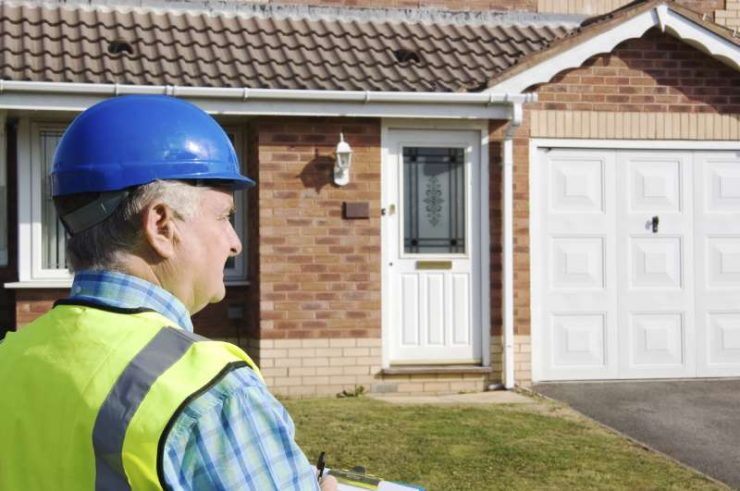Domestic Retrofit training course

|
| BRE Academy's modular Domestic Retrofit training course aims to raise awareness of key technical refurbishment topics – moisture awareness, airtightness, exposure, external wall insulation, building physics and unintended consequences. |
Contents |
[edit] Description
Improving the energy performance of existing housing is seen as a key contributor to meeting the UK’s climate change commitments, but refurbishing housing can also improve householders’ thermal comfort, save money and increase security of supply. There has been concern, however, that the standard of design and installation of these energy-saving features has often been inadequate. This was a driver behind the Each Home Counts (EHC) Review, which recommends a quality mark and supporting technical codes of practice and standards to cover the design and installation of energy efficiency measures. Key to this is the up-skilling and training of those delivering these measures.
The Domestic Retrofit Training Course consists of six 20-30-minute modules to raise awareness of key technical refurbishment topics – moisture awareness, airtightness, exposure, external wall insulation, building physics and unintended consequences. The course is consistent with the EHC review recommendations and the proposed technical direction of PAS 2035 Code of practice for the energy retrofit of buildings (and associated standards), which is now being developed. As well as introducing the key technical issues involved, it provides a first step to further training to become accredited under PAS 2035, which will enable practitioners to display the EHC Quality Mark.
There is an introductory module but the other modules can be taken in any order as there are cross linkages between them as well as extensive reference to supporting BRE guidance which provides further technical details. The learning outcomes are set out at the start of each module.
[edit] Intended audience
The course is designed primarily for surveyors and designers, but is also relevant to domestic refurbishment project clients, materials providers, installers, site managers and assessors.
Users of the modules are invited to provide feedback on the content and the method of delivery so that they can be improved and developed further.
For further information, click HERE.
[edit] About this article
This article was provided by the BRE Academy and previously appeared on its website in December 2019. It can be accessed HERE.
Other articles by BRE on Designing Buildings Wiki can be accessed HERE.
[edit] Related articles on Designing Buildings Wiki
Featured articles and news
RTPI leader to become new CIOB Chief Executive Officer
Dr Victoria Hills MRTPI, FICE to take over after Caroline Gumble’s departure.
Social and affordable housing, a long term plan for delivery
The “Delivering a Decade of Renewal for Social and Affordable Housing” strategy sets out future path.
A change to adoptive architecture
Effects of global weather warming on architectural detailing, material choice and human interaction.
The proposed publicly owned and backed subsidiary of Homes England, to facilitate new homes.
How big is the problem and what can we do to mitigate the effects?
Overheating guidance and tools for building designers
A number of cool guides to help with the heat.
The UK's Modern Industrial Strategy: A 10 year plan
Previous consultation criticism, current key elements and general support with some persisting reservations.
Building Safety Regulator reforms
New roles, new staff and a new fast track service pave the way for a single construction regulator.
Architectural Technologist CPDs and Communications
CIAT CPD… and how you can do it!
Cooling centres and cool spaces
Managing extreme heat in cities by directing the public to places for heat stress relief and water sources.
Winter gardens: A brief history and warm variations
Extending the season with glass in different forms and terms.
Restoring Great Yarmouth's Winter Gardens
Transforming one of the least sustainable constructions imaginable.
Construction Skills Mission Board launch sector drive
Newly formed government and industry collaboration set strategy for recruiting an additional 100,000 construction workers a year.
New Architects Code comes into effect in September 2025
ARB Architects Code of Conduct and Practice available with ongoing consultation regarding guidance.
Welsh Skills Body (Medr) launches ambitious plan
The new skills body brings together funding and regulation of tertiary education and research for the devolved nation.
Paul Gandy FCIOB announced as next CIOB President
Former Tilbury Douglas CEO takes helm.
UK Infrastructure: A 10 Year Strategy. In brief with reactions
With the National Infrastructure and Service Transformation Authority (NISTA).























